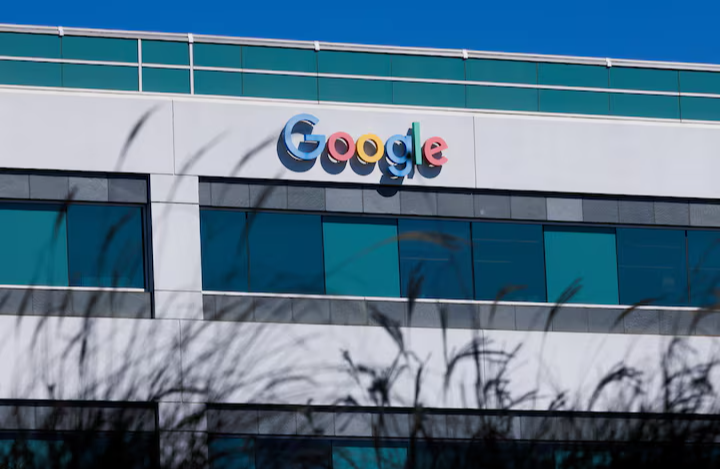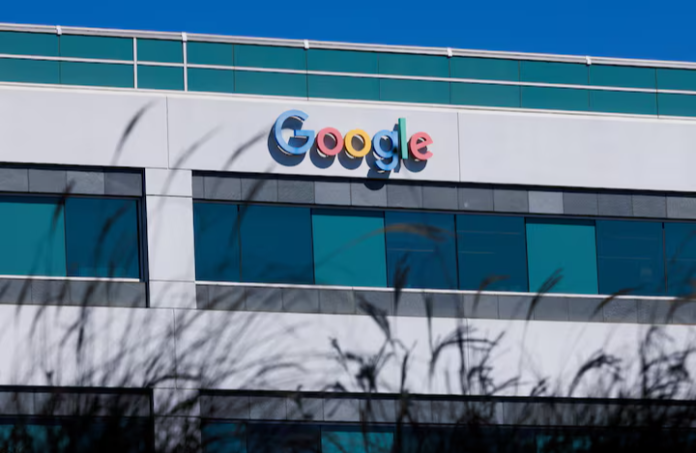In a bold move to address the growing strain on the U.S. power grid, Google has partnered with PJM Interconnection—the largest power grid operator in North America—to deploy artificial intelligence (AI) for speeding up electricity connections. This marks the first time AI will be used on such a scale to manage interconnection queues, a notorious bottleneck in the energy sector.
Why now? Electricity demand across the United States is surging, thanks in large part to the tech industry’s race to expand data centers for AI applications. But while the demand grows, connecting new power sources—like solar farms, wind turbines, and gas plants—has become painfully slow. Long wait times and outdated manual processes have led to electricity shortages, rising utility bills, and increased blackout risks.
Amanda Peterson Corio, Google’s data center energy lead, explained that the industry has talked about “smart grids” for years, but now with AI, they have the tools to make it real. “We finally have a chance to act, not just talk,” she said during a press conference on Thursday.
The collaboration also includes Tapestry, an Alphabet-backed startup focused on energy innovation. Their goal? To reduce wait times by automating the tedious reviews and planning tasks grid operators normally do by hand. Using AI, Tapestry aims to cut through the red tape by analyzing data faster and offering smarter, more efficient decision-making tools.
Page Crahan, Tapestry’s General Manager, likened the technology to a “Google Maps for the grid.” It will allow planners to see multiple layers of relevant data in a single interface, making it easier to approve viable projects faster. These AI-powered tools are set to roll out in 2025 and will be phased in gradually across PJM’s network.

Although it’s too early to predict exactly how much faster new power projects will get connected, Aftab Khan, PJM’s Executive VP for operations, planning, and security, believes the partnership is a game-changer.
PJM currently serves over 67 million people across the U.S., including Northern Virginia—the world’s largest data center hub. Improving connection speeds in this area alone could have a massive ripple effect on energy availability and prices nationwide.
As Big Tech continues to invest in AI and data infrastructure, innovations like this could be key to keeping our lights on—without breaking the bank.



